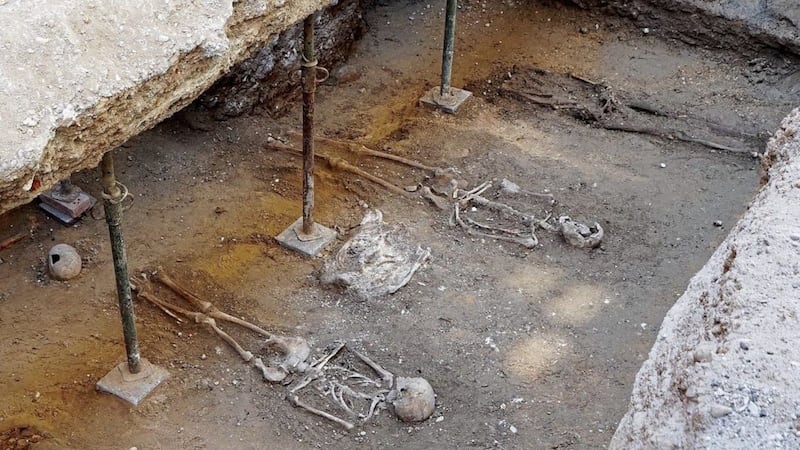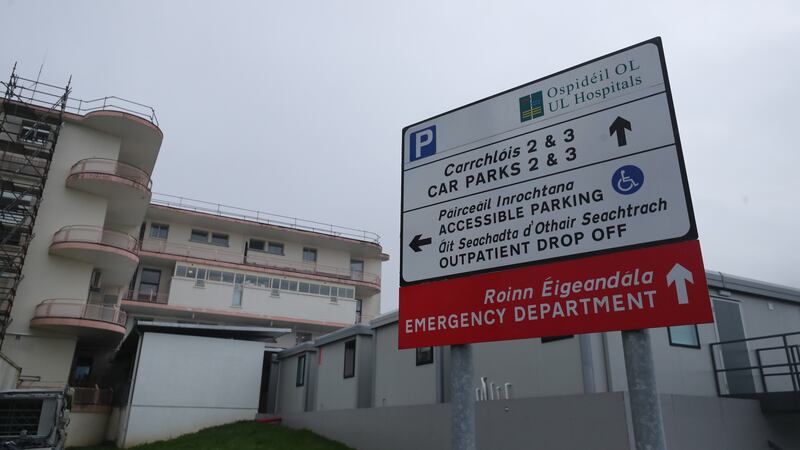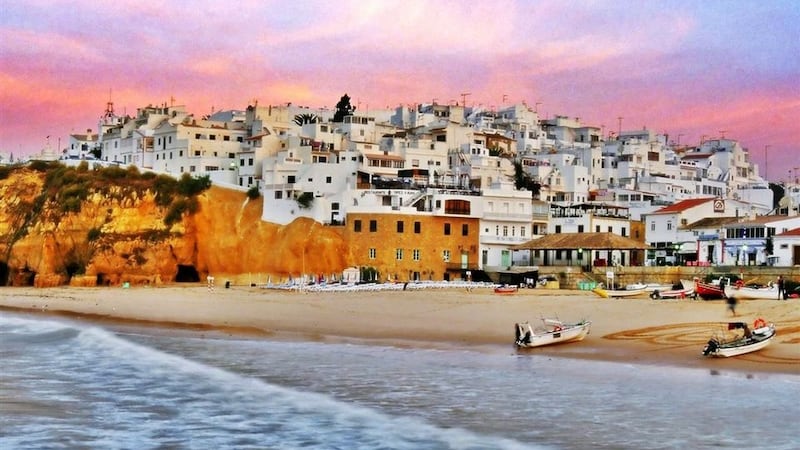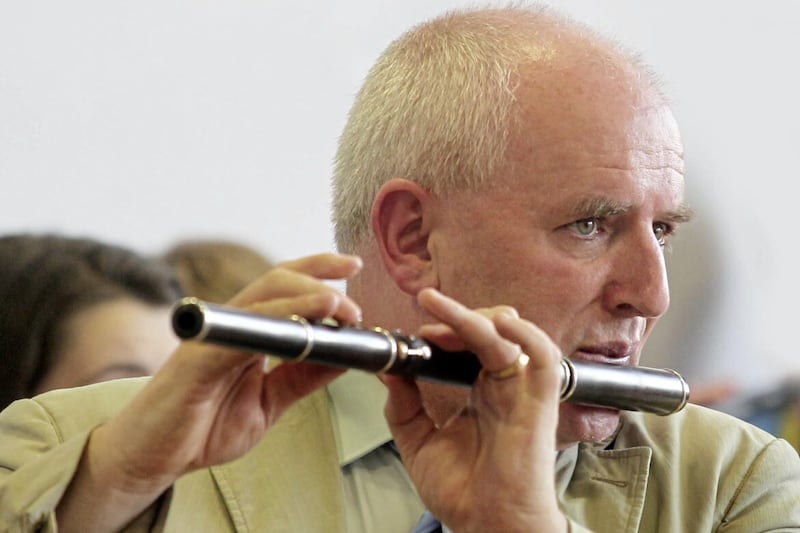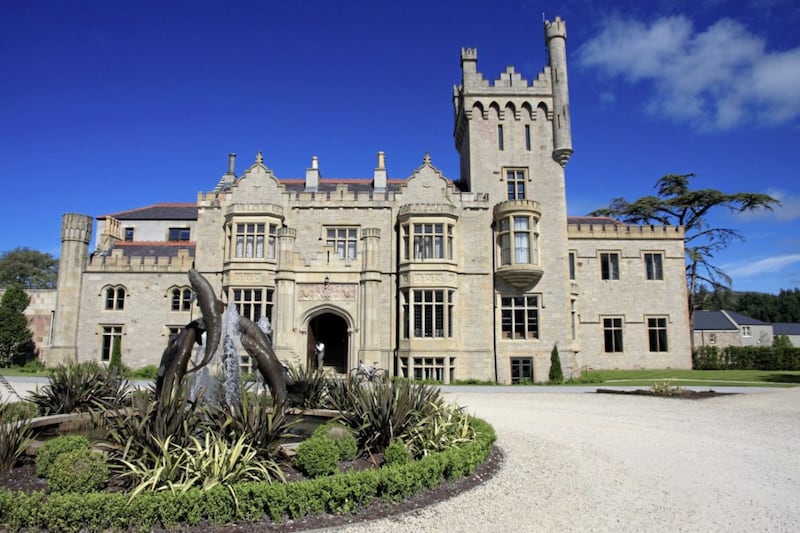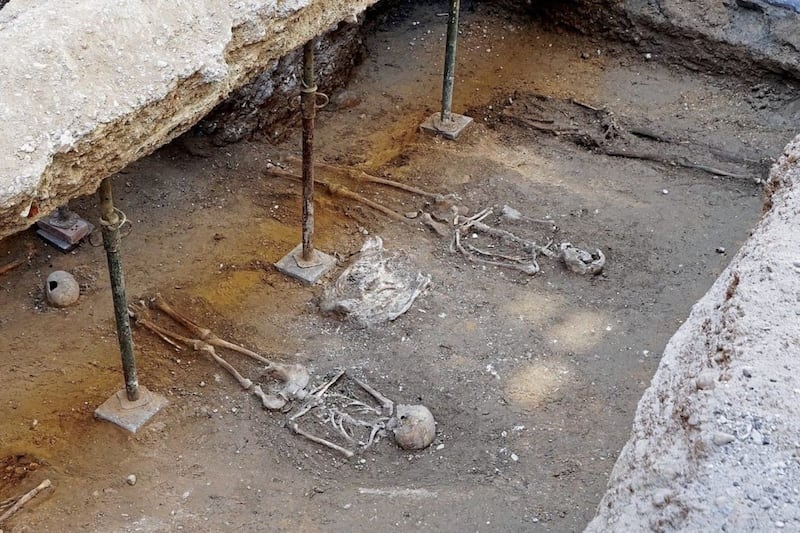THE Irish government has been urged to bring the body of Red Hugh O’Donnell back to his beloved Donegal if it is uncovered in an archaeological dig in Spain.
Aodh Rua Ó Domhnaill, as he was known, was the head of the ruling dynasty of Tír Chonaill and son-in-law of 16th century leader Hugh O’Neill, the Earl of Tyrone.
Following the defeat of O’Donnell and O’Neill in the Nine Years War (1595-1602) against English rule, the young chieftain fled to Spain to seek its help in raising a new army.
However, he died before achieving his aim and was given a hero’s funeral by King Philip II.
Earlier this month, Spanish archaeologists said they believed they had found his final resting place in a dig at Valladolid in north west Spain.
The site, a former monastery, is also believed to hold the remains of explorer Christopher Columbus.
Hopes rose further last week when the skeleton of a “big and strong man” was uncovered.
Archaeologists later said it was unlikely to be O’Donnell as all the skeleton’s toes were intact - the Donegal man was said to have lost two toes through frostbite while escaping from British captivity.
However, experts still believe they are on the verge of discovering his body.
Carlos Burgos, press officer for the Spanish excavation, said archaeologists are moving through the burial site outside a branch of Spanish bank Santander.
“We are at the entrance of the Chapel of Marvels, the place where the archaeologists know where the body of Christopher Columbus and Red Hugh was buried. It’s the greatest story," he said.
“The area where they are buried was for very important people. It was for very high-level people, very important noble people, earls and bishops, people of that kind."
Donegal TD Padraig Mac Lochlainn said the Irish government should provide whatever assistance it can to Valladolid city council and bring the O'Donnell remains back to Ireland.
“It is incumbent that no financial barrier is put in the way of DNA testing the mixed remains that are being uncovered at this site to hopefully pinpoint the remains of this great man in Irish history.”
The Sinn Féin representative said it must be an objective of the Irish government to return the chieftain’s remains to his “beloved homeland of Donegal”.
"The very thought of this achievement will be of great excitement and importance to so many Irish people and, of course, Donegal people.”
:::::::::::::::
by Donal McMahon
A Newry historian has told how the search for tragic hero Red Hugh O'Donnell has captured international attention.
The significance of locating the body of the 'Irish William Wallace' is being compared to the discovery of Plantaganet English king Richard III under a Leicester car park in 2012.
Former Abbey CBS Grammar School teacher Dr John McCavitt, a Fellow of the Royal Historical Society, has been providing his expertise to the archaeology team in Valladolid led by the Hispano-Irish Association.
He said Red Hugh O’Donnell and Hugh O'Neill, the Earl of Tyrone, were important allies of the Spanish during hostilities with Elizabethan England.
“News of their famous victory at the Battle of the Yellow Ford in 1598 was greeted with jubilation in Spain," he said.
His significance in Spain is also reflected in the prevalence of the surname in the country's history.
“O’Donnells reached high positions in the Spanish army and politics, including one who became prime minister of Spain," Dr McCavitt said.
“There are also prominent sporting links with the grounds used by Real Madrid and Atletico Madrid, once called Campo de O’Donnell.
“The historical reputation of Red Hugh O’Donnell is untainted by an association with the Flight of the Earls in 1607 by his brother-in-law, Hugh O’Neill, Earl of Dungannon, and his brother, Rory O’Donnell, Earl of Tyrconnell. Like Red Hugh, they too were attempting to travel to Spain to seek military assistance.
“Stripped largely of arms and ammunition as a result of an early version of a decommissioning policy in the aftermath of the Nine Years War, the earls were powerless to offer effective military operations against a crown administration in Dublin headed by their bitter adversary, Sir Arthur Chichester, whom they regarded as hell-bent on their destruction.
“The deaths of Red Hugh O’Donnell in Spain in 1602 and his brother, Rory O’Donnell, dying in Rome in 1608 inspired me to write a song entitled Lost Chieftains of Tyrconnell.
“This story has now attracted international attention with Red Hugh being portrayed in the Madrid newspaper El Pais as the Irish ‘William Wallace’."
